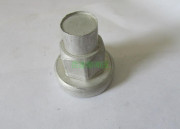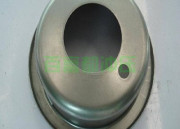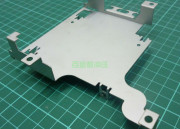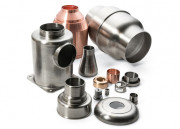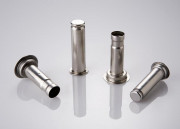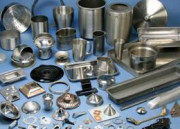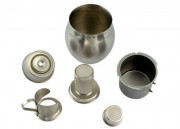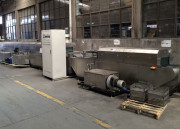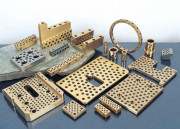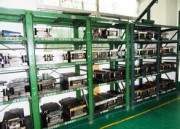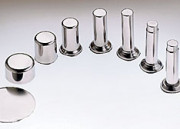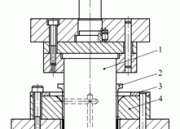What are the advantages of cold stamping?
First, the advantages of cold stamping
The production process of the hardware processing factory for processing metal stamping parts is the cold stamping process. Cold stamping is based on the plastic deformation of metal. Dies on a press are used to apply downward pressure to a metal sheet or strip, separating or plastically deforming the material to achieve the desired shape, size and properties. For advanced stampings, this pressure treatment method is cold stamping.
Since the cold stamping process is a plastic deformation process, the surface of the material is not damaged, so the surface quality of the stamped parts is good, and the appearance is smooth and beautiful. This is a variety of surfaces, such as painting on the surface of stamping parts or various electroplating phosphating treatments. Provide convenience for processing, which is the main advantage of cold stamping hardware.
After the plastic sheet is deformed, the internal structure of the metal is improved, increasing the strength of the stamped part. There are two main advantages of stamping.
The third advantage of hardware cold stamping is that the dimensional accuracy of the stamped parts after processing is higher, which is opposite to the size of the die parts and has good interchangeability. Routine assembly and use requirements are met without further processing.
Whether the shape structure is a pure part or a complex hardware part, or how many sets of molds are required, it is mass-produced and can replace the high cost of molds.
Cold stamping is a processing method with high efficiency (ie high productivity) and low consumption (ie high material utilization): the cold stamping process is suitable for the production of large-scale parts, easy to realize mechanization and automation, and has high production efficiency. At the same time, cold stamping can not only achieve low-waste or no-waste production, but also make full use of leftovers without causing waste.
Under the simple stamping of the press, various parts with complex shapes that are difficult to be processed by other processing techniques can be obtained.
Since most stamping parts are made of sheet metal, their surface quality is good, which provides convenient conditions for subsequent surface treatment processes (such as electroplating, painting, etc.).
Stamping can obtain high strength, high rigidity and light weight parts with low consumption.
Read More →

